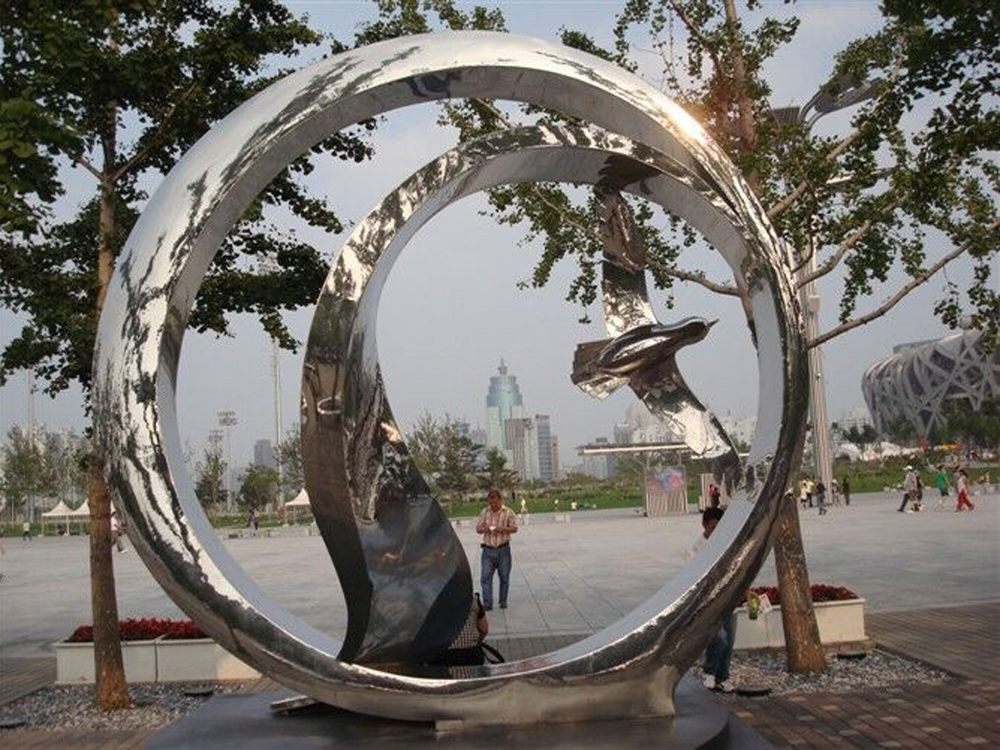
Bronze sculptures, though solid and unmoving, often appear dynamic and alive. Artists achieve this illusion of movement through several masterful techniques.
One key method is the use of dynamic poses. Sculptors carefully design figures mid-action—a dancer twirling, a horse galloping, or a figure reaching upward. These frozen moments suggest motion just before or after the depicted instant, engaging the viewer’s imagination to complete the movement.
Texture and surface treatment also play a crucial role. Smooth, polished areas contrast with rough, textured sections to mimic the flow of fabric, wind, or muscle tension. Light reflects differently across these surfaces, creating visual rhythm that guides the eye along the sculpture’s lines.
Compositional balance is another tool. By offsetting weight or using asymmetrical designs, artists create tension that implies motion. A figure leaning forward or limbs extended beyond the center of gravity suggest imminent movement.
Some sculptors employ abstract or exaggerated forms—elongated limbs, swirling drapery, or distorted perspectives—to enhance the sense of flow. These stylistic choices trick the eye into perceiving motion where none exists.
The mastery lies in combining these techniques to make cold metal appear fluid and alive, proving that motion in art isn’t about physical movement but the skillful suggestion of it.

